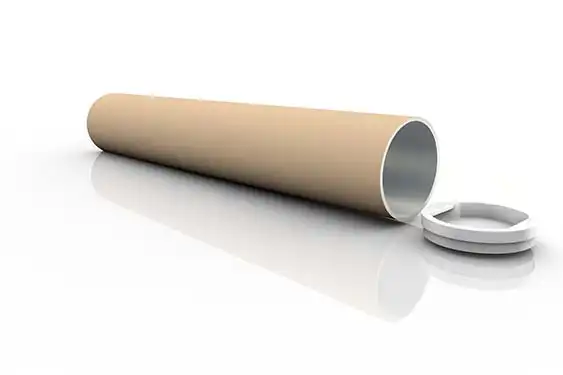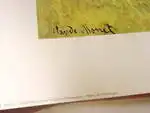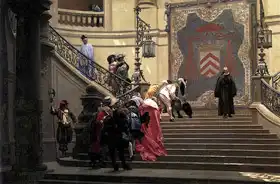About this finishing
Print. The image is printed on the top quality 10-ink HP Z9PS printer on HP matte 270 g / m2 paper. You can choose any size to an accuracy of 1 cm. A margin of 5 cm around the image is added to the size of the motif.


You can find a detailed description about our finishings
here.
Eminence grise
Date:
1873Medium:
oil on canvasLocation:
Museum of Fine Arts, BostonDimensions:
101 x 68,6The painting shows a group of people dressed in historical costumes ascending a staircase in a lavish building. The men and women are wearing ornate and often colourful dresses typical of the late 18th and early 19th century. There is a higher density of people on the staircase, with some men wearing top hats. In the background is an ornate wall with a coat of arms and metal balustrade. The surroundings look noble and architecturally ornate.
This description was created by artificial intelligence, please be indulgent.
Gérôme painted picture Eminence grise in 1873. Prevailing color of this fine art print is vivid and its shape is landscape. Original size is 101 x 68,6. This art piece is located in Museum of Fine Arts, Boston. This image is printed on demand - you can choose material, size and finishing.
Jean-Léon Gérôme (18-1904) was a French
Classicist painter. He studied in France, Italy and the Vatican, and then worked in the studio of Charles Gleyre. His painting
Cockfight won 3rd place at the exhibition in 1847. He began to acquire commissions and could travel throughout Europe and seek inspiration. In 1852, along with other artists, he painted for Napoleon III great historical works. Four years later, he travelled through North Africa and created a series of paintings with Arab religious themes and scenes -
Wailing Wall. In the Netherlands, he captured soldiers trampling beds of tulips in an attempt to stabilize the tulip market in the so-called
The Tulip Folly. He was promoted to an officer and elected an honorary member of the British Royal Academy. He received the Order of the Red Eagle, third class, from Prussian King Wilhelm I and was invited to the opening of the Suez Canal. On January 10th, 1904, he was found dead in his studio in front of a portrait of
Rembrandt and buried in the cemetery of Montmartre.



